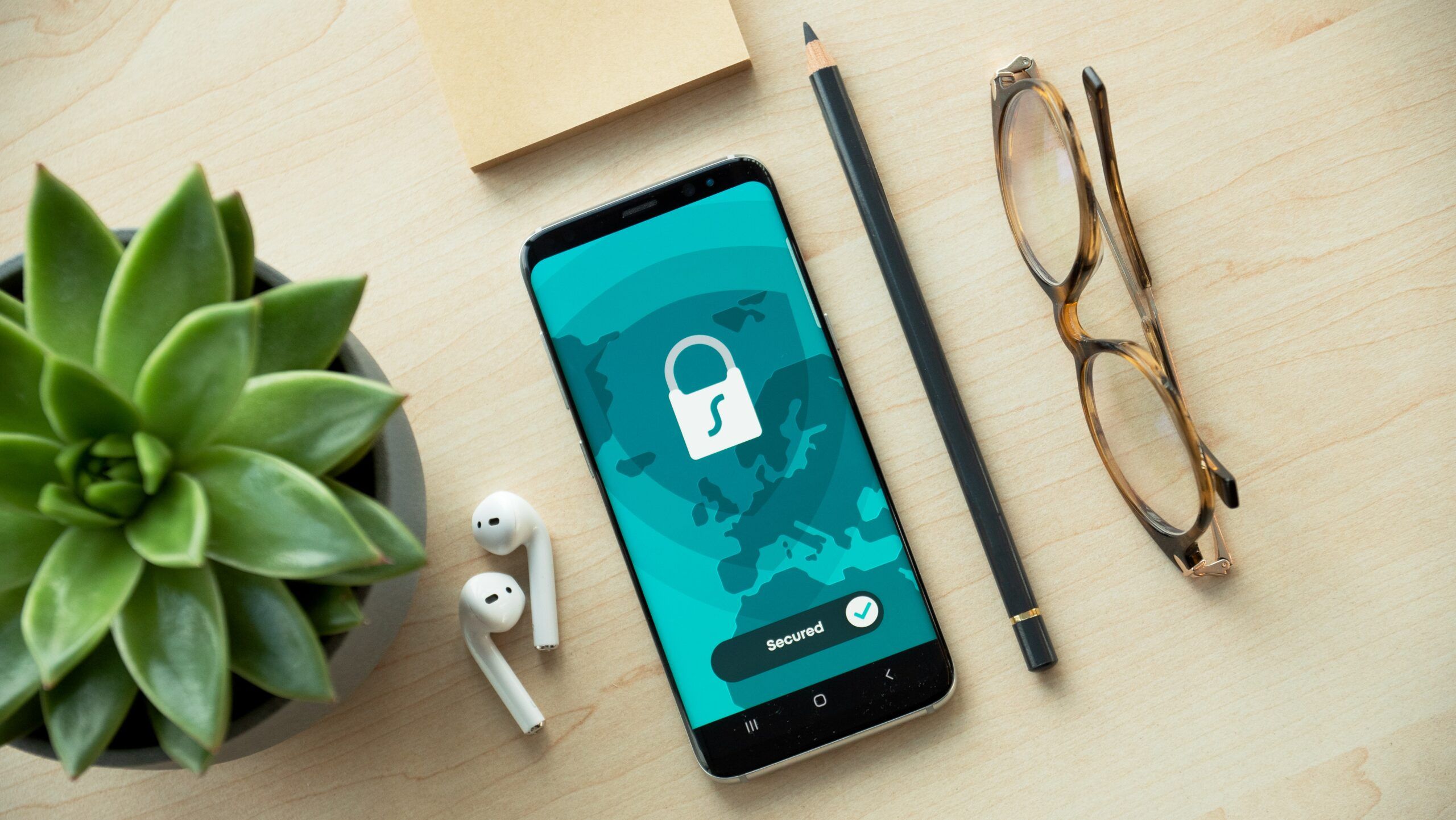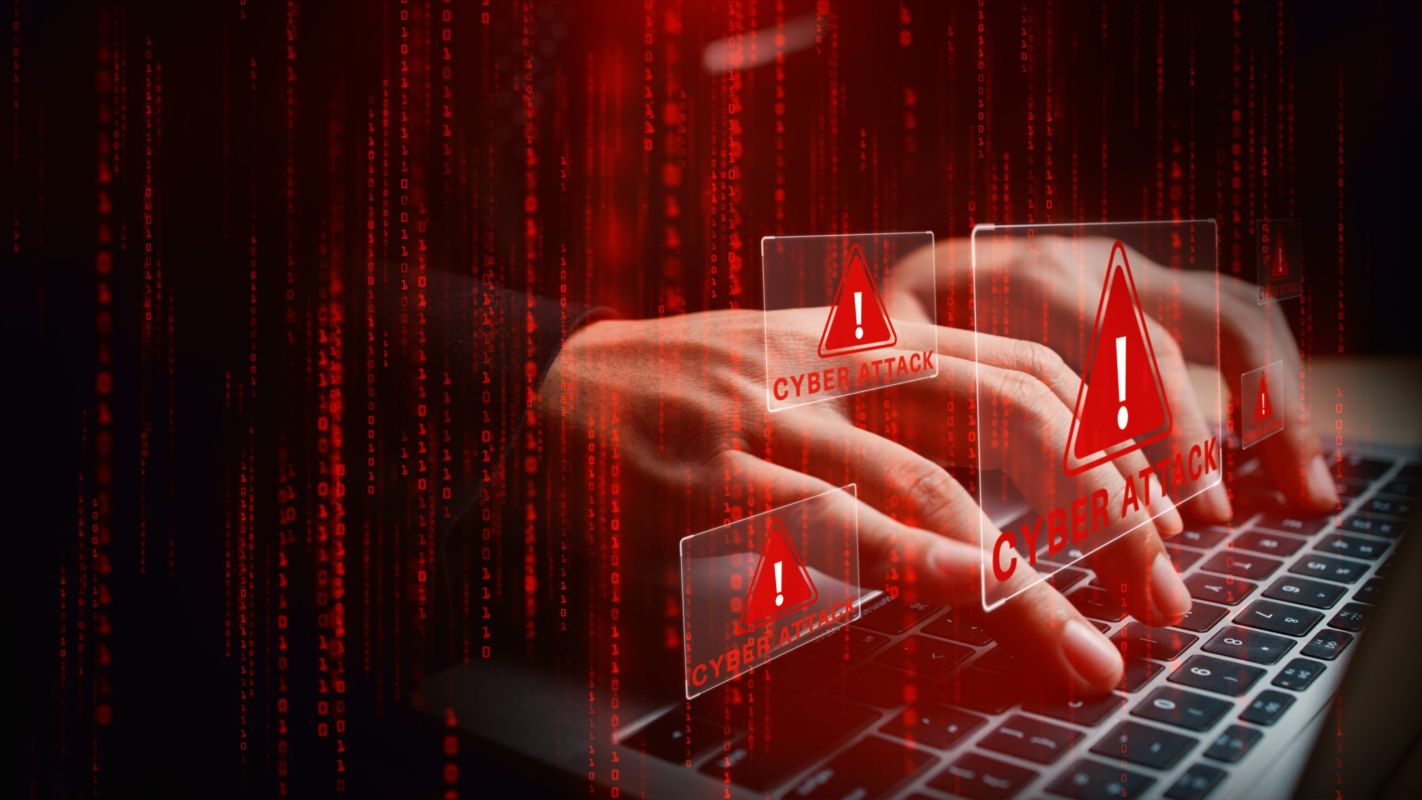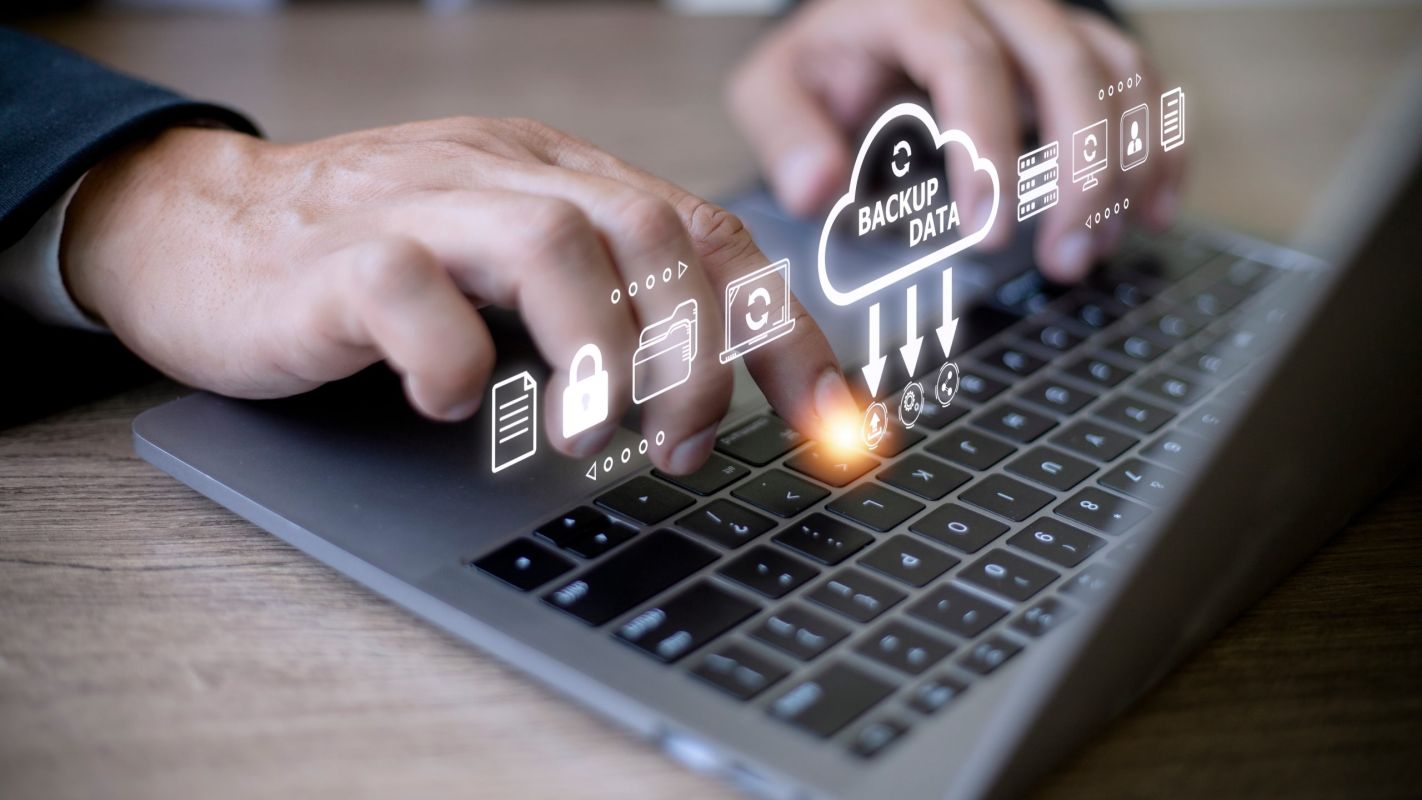

Defend Against Breaches With MFA and Password Management
In the contemporary data-driven world, cybercrime is a more significant concern for organizations than ever before. Information is the new oil, and everybody is crazy about it—including the bad guys. The cybersecurity threat is real and is getting more severe by the day. From stolen credentials to fraudulent sign-in attempts, everybody is a potential target. That’s why every business need to safeguard their data and systems with MFA and password management.
The bad news is that passwords alone may not be enough. Cybercriminals are tricking employees into revealing their login credentials. So, if passcodes are your only recourse, you are not doing enough. Multi-Factor Authentication (MFA) adds an extra layer of protection besides your passwords. According to Microsoft, MFA can help prevent up to 99.9% of unauthorized access and other cyberattack attempts. In this article, we discuss what MFA is, explore how it works, and explain why it’s crucial for your Chicagoland business.
What is Multifactor Authentication?
As the name suggests, MFA is a cybersecurity method that requires users to verify their identities using more than one authentication factor. It does not replace your passwords and other existing verification processes. No. Instead, it works with them to enable you to confirm that users are who they claim to be and ensure that your network is safe even if cyber actors compromise employee logins.
Organizations have conventionally been using MFA to verify remote users or those who require privileged access, such as administrative accounts. However, it’s essential to implement it for every user and database. There’s no telling where the bad guys will create backdoors to compromise your entire system. So, it’s better not to take any chances.
How Does MFA Work?
Before accessing a database or system, users must verify their identity using two or more authentication factors. MFA verification factors fall into three broad categories:
- Knowledge: These refer to what the user knows—for instance, passcodes, personally identifiable information, pin, or any other login credentials.
- Possession: What does the user have that they usually use to access the system? Examples include a PC, smartphone, software token, or smart card.
- Biometric: The third factor is something that only the user can have. For example, their fingerprints or retinal scans.
Depending on the level of protection your network requires, you can use two or all of these factors. For instance, your first authentication factor may be user logins such as passwords. The second can be a onetime code sent to your phone to confirm your possession of the gadget. And lastly, the third can be the fingerprints you must have to access the code sent to your phone. The more verification factors you have, the better your cybersecurity posture.
Why Should Your Organization Use MFA?
MFA can help bolster your cybersecurity posture in several ways, such as:
- It better controls who can access your data: Passwords are prone to duplication and theft. In an interconnected business environment, you need MFA to help define who has or doesn’t have access to critical or sensitive data. It also ensures that only the individuals you’ve granted privileged access can reach specific databases.
- Implementing MFA helps you comply with cybersecurity regulations: MFA is no longer a luxury that businesses decide to implement or not based on personal incentive; it’s essential. Government and other regulatory bodies understand the vitality of this security practice. That’s why we have standards and laws like the CJIS Security Policy and HIPAA requiring all U.S. businesses to implement MFA.
- It reduces the password risks: For as long as you use specific passwords, the bad guys are one step closer to cracking or guessing it. Passwords are a good starting point, but they are not good enough. While having a password complexity and expiration protocol can partially help solve this problem, MFA significantly lowers the risks by adding an extra layer of security. If the bad guys steal your logins, they will still need your gadget or fingerprint to access your accounts.
- MFA enables enterprise mobility: The world is gradually shifting to a remote workforce. However, allowing employees to access corporate networks remotely comes with the challenge of user verification. Using MFA, alongside other cybersecurity techniques like Single-Sign-On (SSO), enables you to authenticate login attempts and allows employees to work from home without jeopardizing your data security.
One more thing—implementing MFA can only be as effective as your staff understands and embraces it. They should not see it as a way to alienate them but as a means of bolstering your organization’s cybersecurity. Be clear about what you need to safeguard and explain to the other users what is at stake. Implement MFA without unduly inconveniencing your employees.
LeadingIT offers 24/7, all-inclusive, fast, and friendly technology and cybersecurity support for nonprofits, manufacturers, schools, accounting firms, religious organizations, government, and law offices with 10-200 employees across the Chicagoland area.


